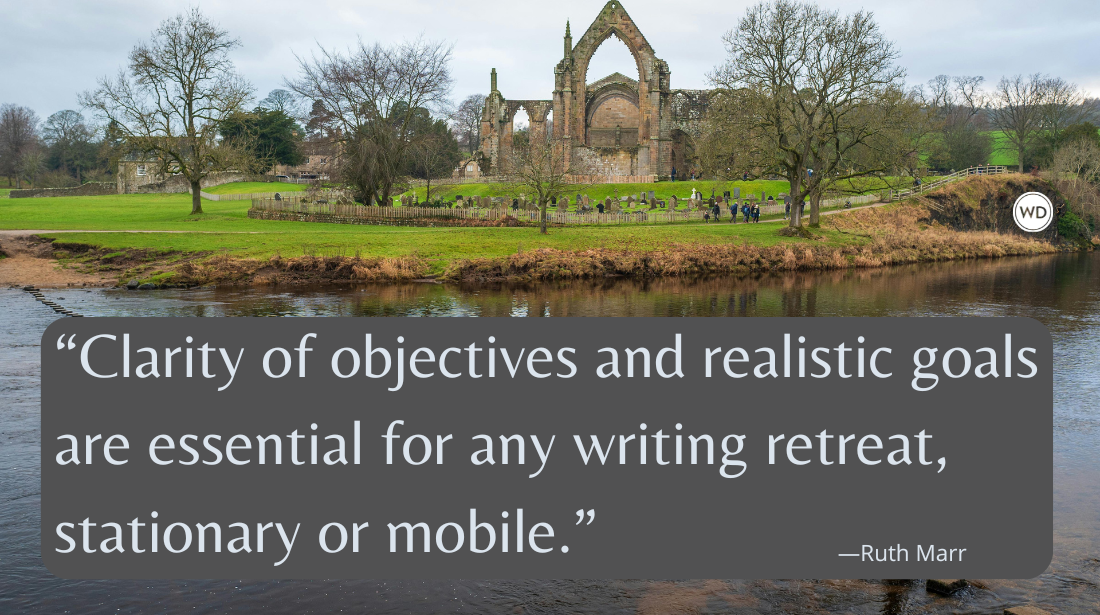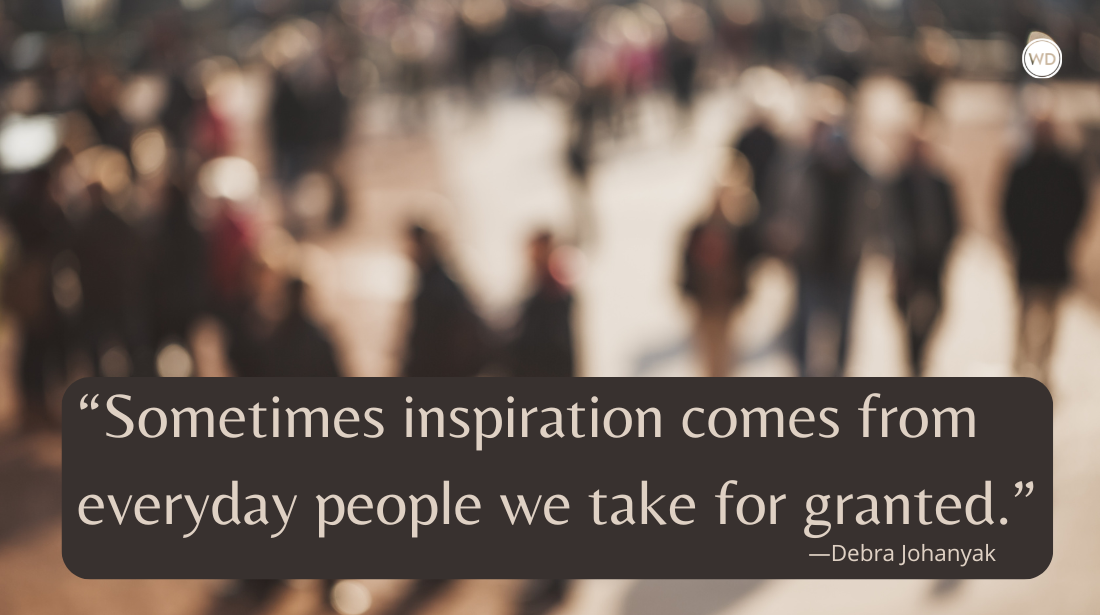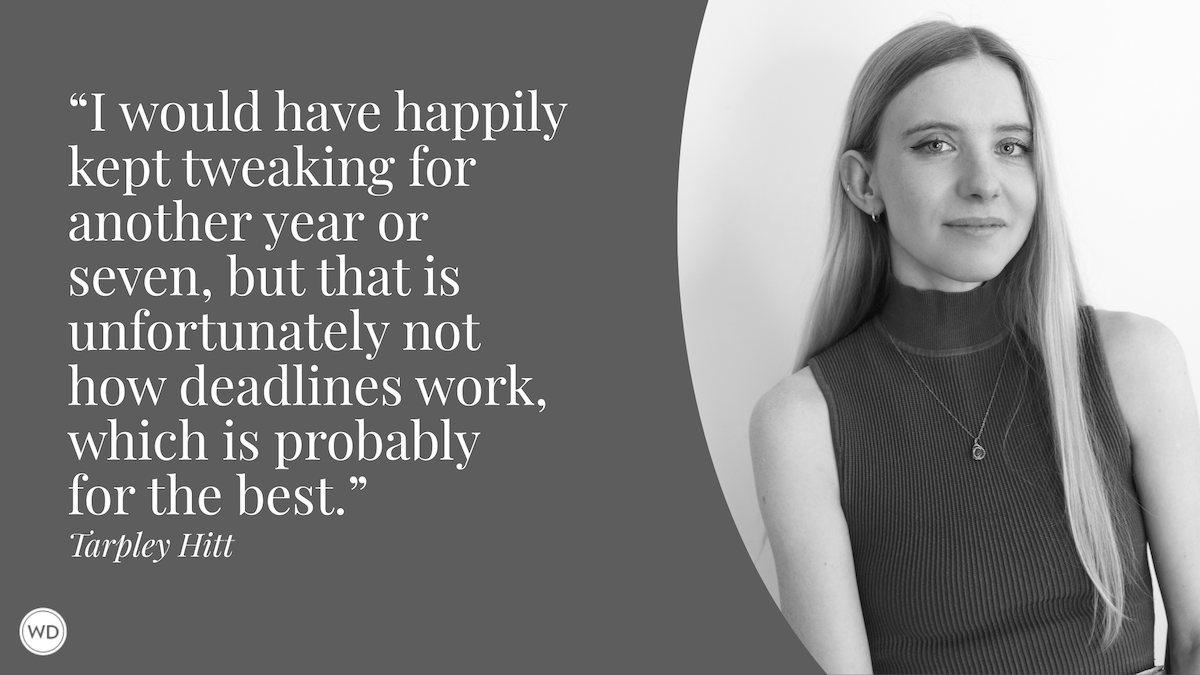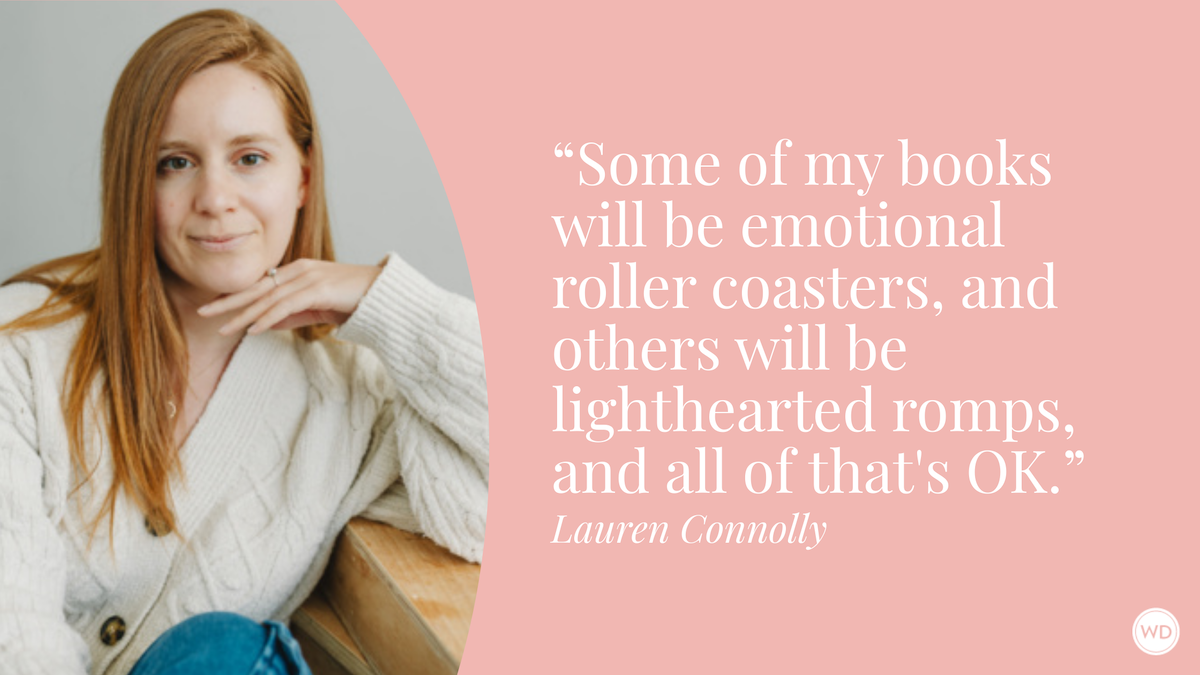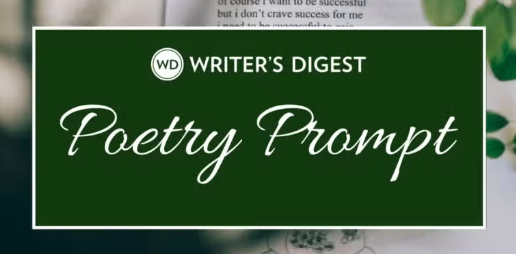How I Spent Years Writing a Memoir and Ended Up With a Novel-in-Verse
When writing her personal life story felt like going in circles, author Jane Kuo shifted gears. Here, she tells how she spent years writing a memoir and ended up with a novel-in-verse.
I spent four years trying to write a memoir. Almost every morning started out the same. Awaken the computer from its slumber. Scroll to a fresh page on the screen. Set a timer for 25 minutes. Write.
I started out giving myself the freedom to write whatever I wanted. After all, that’s the point of morning pages, the term coined by Julia Cameron in her book, The Artist's Way. “Anything you want,” I told myself. “Just write.” After a few months, it became clear that I was circling around and around scenes and fragments of scenes from my childhood: My first year living in America, the summers I spent working in my parents’ fast-food restaurant, my years as an undocumented immigrant in the 1980s.
These were the moments from my past that demanded to be written, and write them down I did, over and over again. Since I started each day with a blank page, I wouldn’t discover the repetition until weeks later when I reviewed my ever-growing document. Three versions of my first Halloween in America. Three versions of the broken pane of glass on New Year’s Day. And the trip to Disneyland? I wrote about that five times.
I gave myself permission to keep writing—even if it meant I was writing about the same events repeatedly—because I was dealing with memory, fragmentary scenes, and hearsay. Four years later when I amassed a collection of over 40,000 words, I was still at a loss for how to weave these moments together to form a coherent whole. I could have kept going on like this indefinitely. But I decided it was time to do something with all these fragments.
I described my situation to a bevy of writers, and a poet friend introduced me to the novel-in-verse form. It’s a novel told through a series of poems, she said. I was skeptical. I did not consider myself a poet, I did not particularly like poetry. (Shh, don’t tell anyone.) But when I opened the book and saw all the empty space on the page, my heart leapt. A form that allowed so much to be left unsaid? Yes, please.
Almost immediately, I began reworking my collection of 40,000 words into prose poems. I cut out all the memoir-ish aspects of my manuscript, where I flipped between the voice of my childhood self and my present-day self and gave primacy to the 11-year-old narrator. I dipped into scenes in media res. I no longer worried about crafting whole sentences. I no longer worried about how sentences had to be strung together into paragraphs and then paragraphs into chapters. I let the girl say as much or as little as she wanted. I let the girl speak for herself. Six months later, I had a novel-in-verse.
Nowadays when people ask me how long it takes to write a novel-in-verse, I’m in a quandary as to how to reply. I could tell them the entire process of coming up with 20,000 words took five years. But most of the time I quote Katherine Paterson who said, “It has taken all my life to write this book. Maybe longer.”
I still might write a memoir someday. But today, I’m happy with what I have penned—two novels-in-verse written for kids and adults, two books of fiction that are honest and true.
Jane Kuo is a Chinese and Taiwanese American writer who grew up in Los Angeles in the 1980s. Jane's novels, In the Beautiful Country and Land of Broken Promises are fictional stories inspired by the weekends and summers she spent working in her family's fast-food restaurant. Please visit her online at JaneKuo.com.





